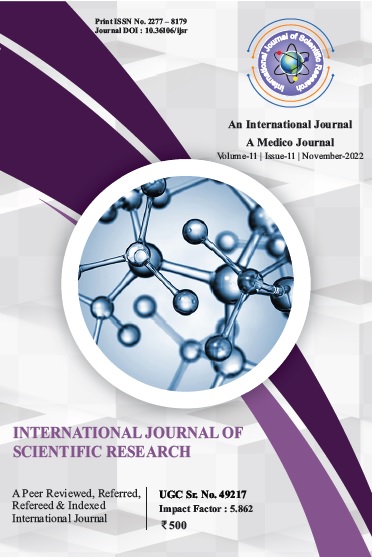RELATIVE ENERGY DEFICIENCY IN SPORT (RED-S): ADULT FEMALE CLUBLEVEL SWIMMERS
Keywords:
Relative Energy Deciency in Sport (RED-S),, Low Energy Availability (LEA), Low Energy Availability in Females Questionnaire (LEAFQ), Body Mass Index (BMI)Abstract
Background: Relative Energy Deciency in Sport (RED-S) occurs when there is an imbalance between energy intake and expenditure, impacting
athletes' health and performance. The Low Energy Availability in Females Questionnaire (LEAF-Q) is a widely used validated screening tool for
RED-S in athletes, assessing early symptoms of energy deciency in women with 90% specicity and 78% sensitivity, making it easy and
inexpensive to implement. Aim And Objectives: The study aims to evaluate the prevalence of RED-S among adult female club-level swimmers
using the LEAF-Q. It aims to identify the proportion of swimmers at risk, assess symptoms, and analyse the relationship between body composition
and RED-S risk. The study also aims to identify differences in RED-S risk among different age groups. Methods: A survey-based cross-sectional
study was conducted on 118 adult female club-level swimmers from Mumbai. Participants completed the LEAF-Q, with additional data collected
on age, body composition (BMI), and related symptoms. Results: More than half of the swimmers (58.47%) are at risk of RED-S. A total of 69
swimmers are classied as at risk of RED-S, with 97.46% reporting symptoms linked to injury risk. Menstrual irregularities affect 43.22%, while
38.14% report gastrointestinal issues. A negative correlation is observed between BMI and LEAF-Q scores, indicating a higher risk with normal
body composition. Conclusion: The study concludes that a signicant proportion of adult female club-level swimmers are at risk of RED-S these
ndings emphasize the need for increased awareness and preventive strategies to address RED-S in female swimmers.

